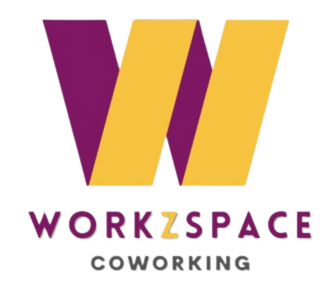Learn about key drivers of employee engagement and how to spot when employees aren’t engaged at work.
You can rely on your team. After all, they check-in every day. But are they just going through the motions? Or are they emotionally and mentally invested in what they’re doing and using their talents to the full?
While engaging employees is crucial to business success, it’s also a challenge, especially in the wake of the coronavirus pandemic where work has been interrupted, and when more people are working remotely. We take a closer look at engagement, why it matters, and how to get it.
What is employee engagement?
For a phrase we hear so often, the meaning of employee engagement is surprisingly hard to pin down. Is it happiness? Willingness to go the extra mile? Loyalty? Commitment? Passion? Turns out, it’s a mix of all these, plus a bit more.
HR experts Sage People talk about worker engagement in terms of ‘going beyond the basics’ and ‘making a connection at a deeper level.’ Gallup defines engaged employees as ‘those involved in, enthusiastic about, and committed to their work and workplace.’ Whereas the CIPD focuses on relationships, calling it ‘a combination of commitment to the organization and its values and a willingness to help colleagues.’
What employee engagement isn’t, is simply turning up every day and getting on with the work. It’s about a much deeper connection with a job, the people you work with, and the organization itself. It’s not always easy to measure employee engagement – or to achieve it. Only 35% of US workers felt engaged in 2019, according to Gallup. And that’s a 19-year high.









